So what’s it like taking your partner on her first overnight hike? With some careful planning and a bit of grandparental assistance, I took Jane to South East Forests National Park to find out.
On a clear January day we left our daughter with my parents, who live just south of Bermagui on the NSW South Coast, and drove to Nunnock Swamp . Known for its endangered alpine swamp and grassland ecosystems, Nunnock Swamp sits in the northern section of South East Forests National Park, a rugged expanse of bush, spanning some 100km of escarpment, tableland and hinterland country on the south-eastern edge of the Eden Monaro Plains.
Our planned walk was a short one: a 6km loop that starts at Nunnock Swamp car park, joins the Wilkinson Track and passes Alexanders Hut, a relic of pastoral times when graziers brought their herds here in Summer.

Old stock yards – evidence of a pastoral heritage at Nunnock Swamp, South East Forests National Park
A pastoral past
Signs of this history were evident as we set off across through the open expanses of alpine grasslands, fringed by snow and ribbon gums. Old stockyards and fenceposts still lined the area, and we could easily have mistaken the lush flats for farmland. But now, Eastern grey kangaroos, and swamp and red-necked wallabies grazed at the edges while crimson rosellas hopped around in the grass, taking flight only when we approached.
Jane’s load was light – a sleeping bag and pad plus clothes in a 30L pack. I shouldered the rest but we were both comfortable, following a well-defined and signposted track across gentle terrain. It was turning out to be the perfect first overnight hike.
We walked through wet sclerophyll forest, defined by the distinctive shredded bark of ribbon gums and fern ground cover, emerging every so often onto alpine grasslands covered in Australian buttercups, paper daisies, trigger plants and dandelions. A few times we startled feral red deer, including a buck with massive antlers that bounded into the bush. Above one meadow a wedge-tailed eagle soared in the updraft, its wingspan clearly defined against cumulus clouds.
After a couple of hours, we strode up a hill and emerged to find an out-of-place pomegranate tree at its crest: the gateway to Alexanders Hut where we would spend the night.
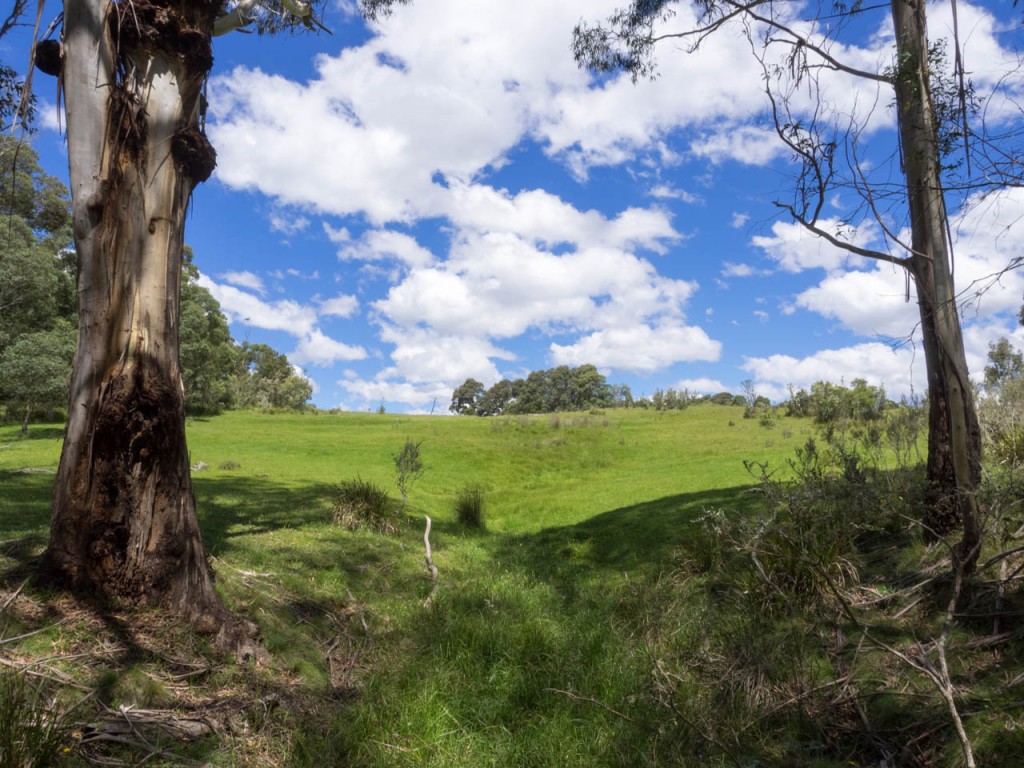
Alpine grassland, Alexanders Hut, South East Forests National Park – moments earlier we had disturbed a red deer buck while a wedge-tailed eagle soared overhead
Setting up camp
We set up camp next to the hut, under an apple tree. Our campsite overlooked natural frost hollows and towering old-growth forest.
Just when we thought we would have the place to ourselves, a couple and their 6-year-old son, Cooper, drove in from the nearby village of Bemboka (Alexanders Hut is accessible by conventional vehicles). This was their favourite getaway spot and they described the magic of waking up to snow the previous winter. With water tanks, a rustic outdoor kitchen, bunks, furniture and a fireplace I could see why.
We could have driven here too but the sense of self-reliance and isolation that comes with walking to a campsite is irreplaceable. It’s what I had brought Jane to experience and even though the walk-in had been short, there was no doubt we were in a wild place that we had come to patiently and silently, on our own feet.
After dinner, the skies clouded over and a mist blew in, so thick I could feel its droplets on my skin. We moved inside the hut and joined our new friends in front of the fireplace. Having a shelter nearby was a smart move. As we prepared for bed it started to rain heavily. Despite Jane’s misgivings we stayed about as dry as you can inside a tent.
We awoke late the next morning to the distinctive cry of yellow-tailed black cockatoos, wet grass and still-thick mist. Making breakfast on the hut’s front porch, we watched the morning deepen and clouds clear. Sunlight filtered down, making the tree canopy glow.
As we packed up, I joked with Cooper that we would race him back to our car, which they had driven past on their way here. ‘We walk pretty fast,’ I explained when he looked at me incredulously.
The walk back to the car was shorter – we had completed the longest part of the loop on Day 1 – and the country by now very familiar. But we took our time, spotting the crimson flash of a rufous fantail and a darting white-browed scrubwren.
Just before we left the Wilkinsons Track, I saw a golden whistler and heard its distinctive, single-tone call. As we paused, a few more of its flock appeared – maybe four – and they sang to each other linking us into a network of song: shrill call and melodious reply.
Back at the car a short while later, we found a note, pinned under our windscreen wiper: ‘We won. CYA, Cooper.’

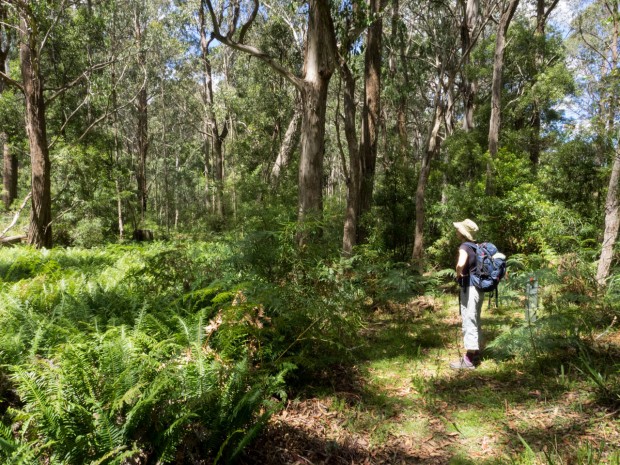
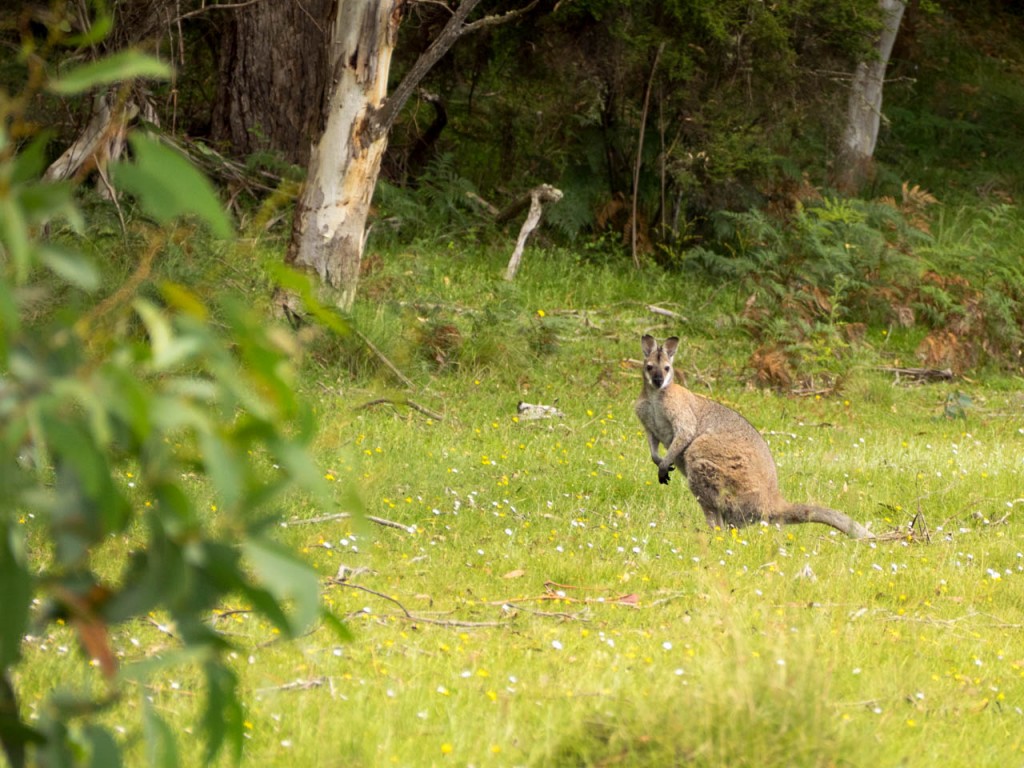


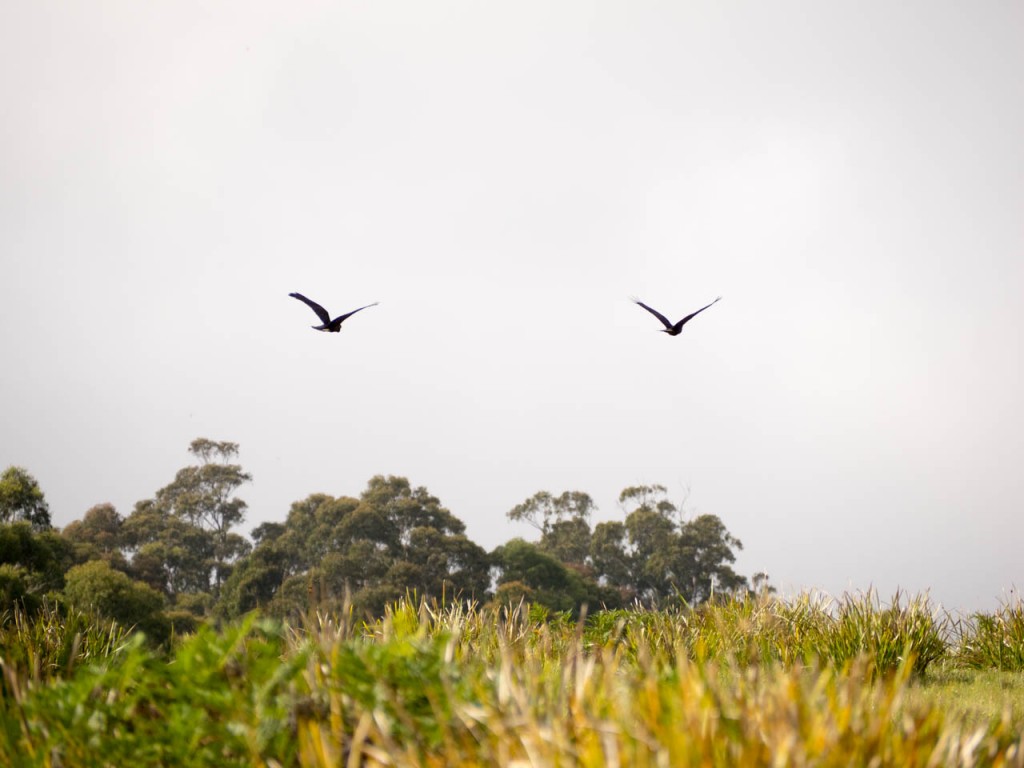





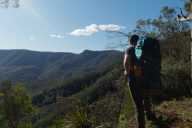
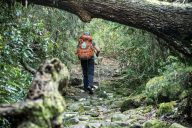





4 Comments
Bravo James! It is beautifully written. I have the impression of being there. The photos are fantastic. Anh-Thu
Thanks Mum – and for looking after Marilla so we could actually do the walk!
wow James – Sarah my Ranger responsible for looking after Nunnock ‘stumbled’ upon your article while researching other things. Albeit commenting a tad late – I’d like say “thank you” for capturing the sense of place that is Nunnock. Since you and Jane completed your walk Sarah has added to the interps and directional signage. We receive lots of very positive comments about the wow factor that Nunnock presents. I evenm had a people drive back to Bombala just to say how much they enjoyed. It’s all refreshing. Thanks so much Franz Peters Manager Bombala Area and SEFNP
Thanks so much for taking the time to comment Franz. It’s great to know that the post resonates with you and your team in Bombala: without you, we wouldn’t have such special places so I’m glad I’ve done it justice. We have a few international guests coming to visit us this year so we’ll try to take them down there. The interpretive signage that your team had in place was excellent, so looking forward to seeing more of it! I’ve been reading John Blay’s ‘On Track’ recently, which gives me some insight into the pastoral heritage of the area, and how fortunate it is that these alpine grasslands are now preserved.